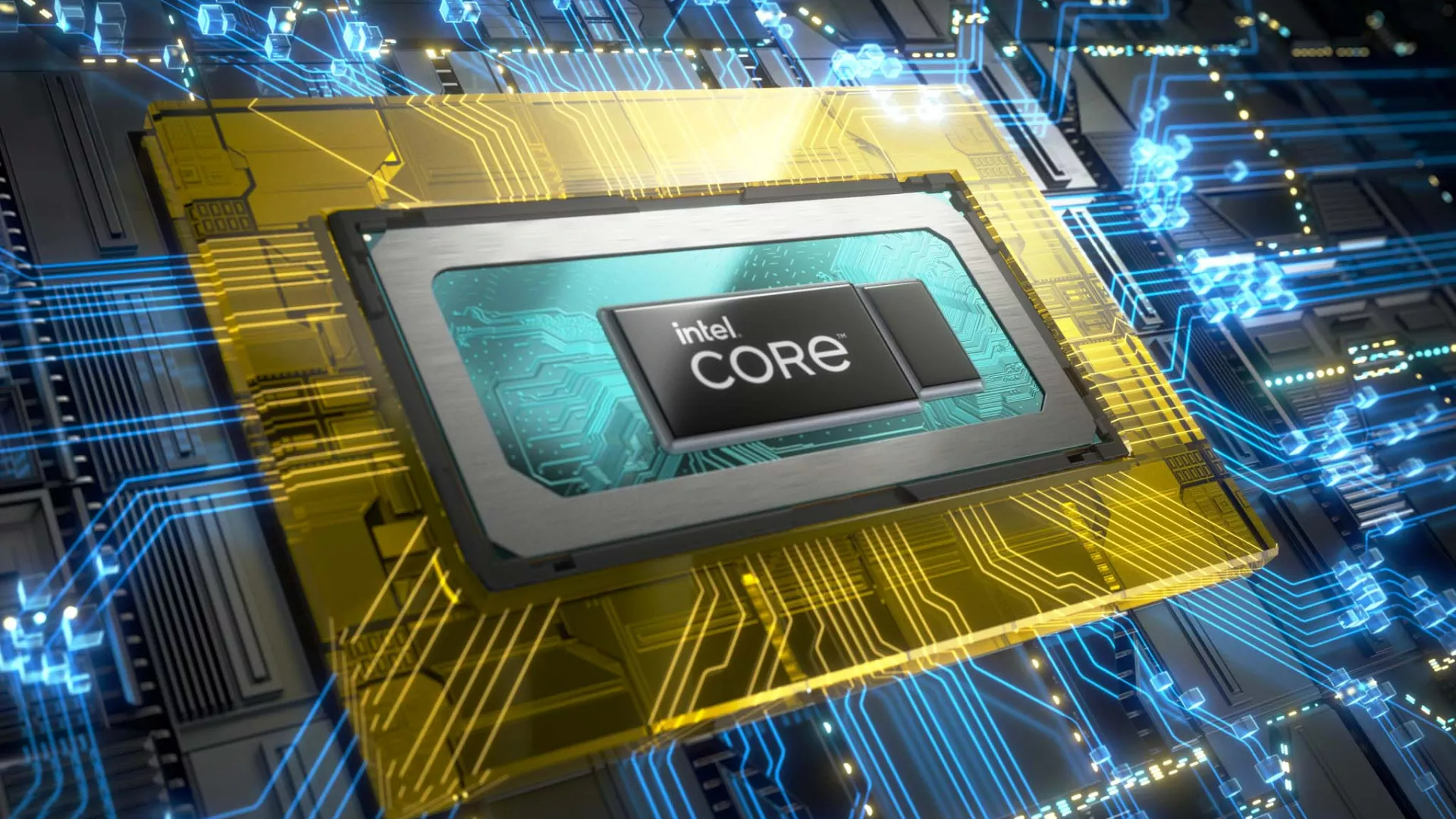
Unless you've well and truly been living under a rock for the past better half of a decade, you'll know that Apple took the decision to ditch Intel from the Mac lineup and design its own chips instead. Dubbed Apple silicon, but more commonly known as M-series chips, these processors have made the best Macs faster, quieter, more powerful, and more efficient than ever.
And it looks like Apple was ahead of the curve in jumping ship from Intel, after the company unfortunately shared news of mass lay-offs. Around 15,000 employees will be laid off, and the company will have to cut $10 billion in costs, after some pretty heavy losses. It gives Intel a pretty bleak outlook for the future.
The numbers really don't look good. A loss of $1.6 billion in Q2 2024, a far cry from last quarter's $437 million loss, and a year-over-year revenue dip of 1%. Intel's Foundry business is a money pit, losing billions on new factories and fancy lithography that haven’t paid off yet. Even with the CHIPS Act ready to throw Intel a bone with up to $8.5 billion in funding, investors aren’t impressed. Intel is now the worst-performing tech stock in the S&P 500.
The situation is so dire that Intel’s big AI saviour, Lunar Lake, is already being downplayed by CFO David Zinsner as a "narrow targeted product" that won’t single-handedly save the day. Maybe Panther Lake will be better, but that’s not until 2026. By then, Apple will likely have M5 chips running circles around whatever Intel can muster.
The writing was on the wall when Microsoft jumped ship, ditching Intel for Qualcomm in its latest Surface devices. Even Microsoft, a long-time partner, saw the iceberg and steered clear. Intel's response? Scrambling to patch up two generations of defective CPUs with software updates, hoping to avoid recalls.
Thriving vs barely surviving
Intel’s plan to trim the fat includes cutting R&D and marketing spend by billions through 2026, reducing capital expenditures by over 20% this year, and halting non-essential work. They’re even suspending their dividend. These moves scream desperation, not innovation.
Apple, on the other hand, is thriving. The M-series chips have set a new standard, pushing the boundaries of what we expect from our devices. Since its launch, the M-series chips have been lauded for their performance, efficiency, and power, leaving Intel to eat Apple's dust. Intel, meanwhile, has been stumbling over its own feet, trying to play catch-up.
Being able to design custom chips to work with your own custom hardware is something that gives companies like Apple a huge advantage over those buying off-the-shelf parts. Of course, that was Apple's primary motivator in exploring Apple silicon. More power, less energy consumption, and a seamless integration with macOS that's left Intel's offerings looking like relics of a bygone era.







